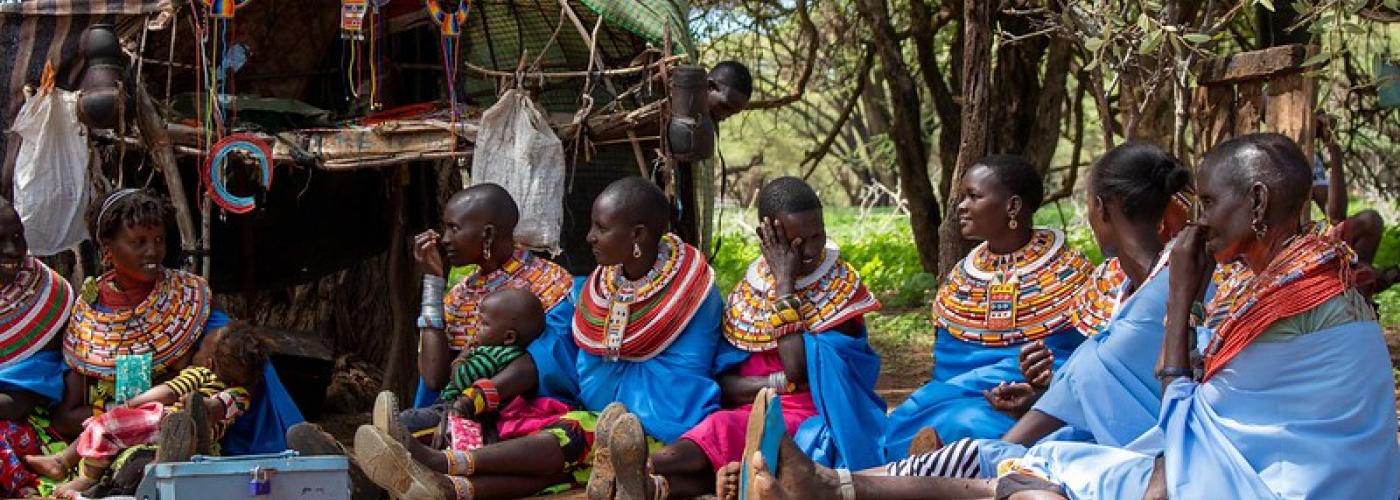How Are Savings Groups Adapting to COVID-19?
Image

“Mata Masu Dubara (VSLA) members take their social responsibility very seriously towards their community. Let this crisis be a moment that can bind us in solidarity with each other.” – Mariama Gambo, Niger
Globally, CARE works with more than 8.4 million people in 51 countries. Since the start of the COVID-19 pandemic, CARE has prioritized supporting groups to lead their own COVID-19 responses. The groups are rising to the occasion.
In Niger, groups have negotiated with local companies to provide handwashing supplies so they can wash their hands at the beginning and end of each meeting. Groups in the Democratic Republic of the Congo are making masks and working with engaged men groups to help reduce the spread of both COVID-19 and GBV. In Benin, groups are changing their meeting structure and creating contingency plans. In CARE's new Learning Brief of VSLA Adaptations in COVID, we examine how groups are taking the lead six weeks into the COVID crisis, and how we can support these adaptations.
The biggest trends from CARE and VSLA groups to respond to COVID-19 are:
- Changing meeting procedures. Groups are changing how, when, and if they meet to ensure social distancing and hygiene practices are applied. This includes splitting into smaller groups, ensuring handwashing at the beginning and end of meetings, reducing the number of people attending, limiting cash handling among members, and other measures to make sure members stay safe. In some contexts, groups have suspended operations.
- Sharing health messages about how to prevent and respond to COVID-19. Groups and CARE are using text messages, WhatsApp, radio, Interactive Voice Response (IVR), and other technologies to amplify health messages from the World Health Organization (WHO) and local and national governments as well as messaging specifically related to mitigating gender-based violence and supporting survivors. Beyond health, messages also respond to concerns groups are voicing about VSLA adaptation, livelihood protection, options to access cash/loans, where/how to access or create masks and gloves, and digital and financial literacy and/or services.
- Refocusing finances. Many savings groups are focusing on getting cash into the hands of members who will need it to weather this crisis. That includes accelerating share outs, suspending lending, creating “COVID-19” funds, and/or using the social fund to cover costs for group and/or member adaptation.
- Supporting community response. VSLA members have taken on social responsibility to support communities through the pandemic. Many groups are making and/or selling masks, investing social funds in soap and other hygiene products, and playing a role in modeling and communicating health messages within their communities.
The COVID-19 pandemic is spreading, and the situation is changing quickly in many countries around the world. CARE's new learning brief on examples of VSLAs adapting to COVID complements CARE’s Preliminary Programming Recommendations: VSLA Risk Mitigation, Support, and Engagement in Relation to COVID-19. In this brief, we have included examples of mitigating measures being put in place by VSLA members and CARE to lessen the impact of the pandemic on VSLA groups and their members. The brief also shares experiences of how VSLAs have adapted and delivered support through past epidemics and crises.


